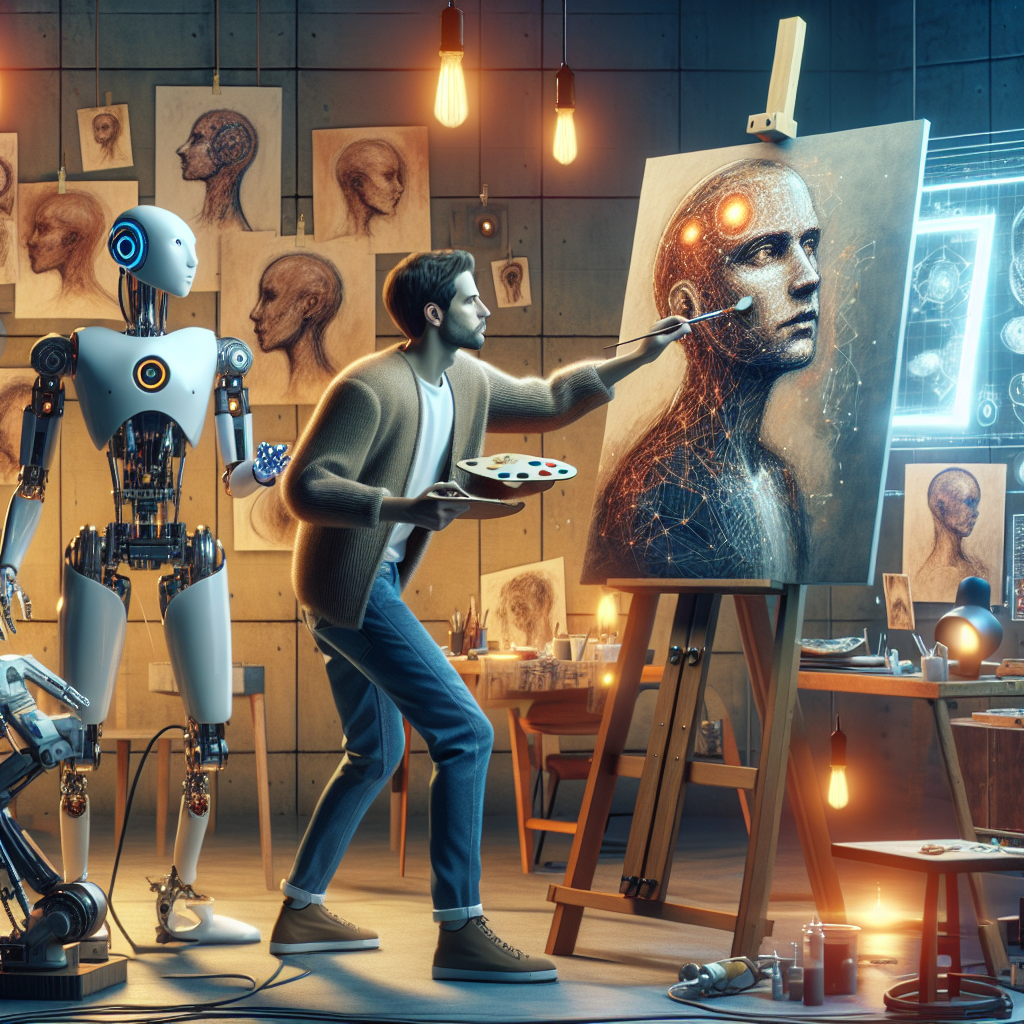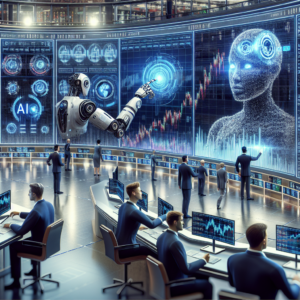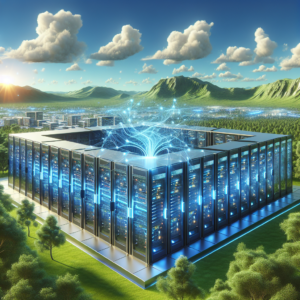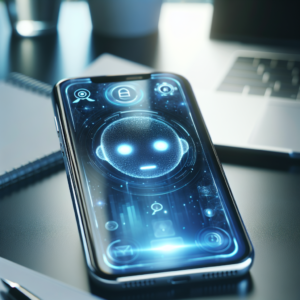This Artist Collaborates with AI and Robots
In an era where technology and creativity increasingly intersect, one artist is paving the way for innovative collaborations with artificial intelligence (AI) and robotics. This unique blend of art and science is not just transforming the creative process; it is also raising profound questions about the nature of creativity itself. As we delve deeper into the intersection of artistry and technology, we will explore how this artist is navigating the complexities of collaboration with AI and robots, the implications of this partnership, and what it means for the future of art.
The Artistic Vision
The artist, whose name has become synonymous with this groundbreaking movement, envisions a future where human creativity is augmented rather than replaced by technology. With a passion for both traditional and digital art forms, they have embarked on a journey that challenges the conventional boundaries of creativity. Their work is characterized by a seamless integration of human intuition and machine learning algorithms, resulting in art that is both innovative and thought-provoking.
This artist’s use of AI and robotics is not merely about embracing new tools; it is about exploring the philosophical implications of these technologies. They ask questions such as: What does it mean to create? and Can a machine possess creativity? These inquiries drive their creative process and push the boundaries of what art can be in the 21st century.
The Process of Collaboration
Collaboration is at the heart of this artist’s work. By collaborating with AI, they are able to generate ideas and concepts that may not have been possible through traditional means. The artist utilizes machine learning algorithms to analyze vast amounts of data, from previous artworks to current trends, helping them uncover patterns and insights that inform their creative direction.
Additionally, the use of robots allows the artist to explore new techniques and mediums. For instance, robotic arms can paint with precision that surpasses human capabilities, creating intricate designs and patterns. This blend of human creativity and robotic execution results in works that challenge the viewer’s perception of art and the role of the artist.
The Role of Artificial Intelligence in Art
Artificial intelligence plays a multifaceted role in the artist’s creative process. One of the most notable applications is in the realm of generative art, where algorithms create unique visual experiences based on specific parameters set by the artist. This method not only expands the possibilities of artistic expression but also raises intriguing questions about authorship and originality in art.
Moreover, AI can learn from the artist’s style and preferences, allowing for a more personalized interaction. This capability enables the artist to refine their work and experiment with new styles without the constraints of traditional artistic practices. As AI continues to evolve, the potential for creating complex narratives and interactive experiences is limitless.
Robots as Co-Creators
Robots, too, are becoming integral co-creators in this artistic journey. Equipped with advanced sensors and programming, these machines can execute tasks that may be tedious or impossible for human hands. For example, they can replicate intricate brushstrokes or manipulate materials with unparalleled precision. This capability allows artists to focus on the conceptual aspects of their work while leaving technical execution to the machines.
The collaboration with robots does not diminish the artist’s role; instead, it enhances their creative potential. By leveraging the strengths of both humans and machines, the artist is able to push the envelope of traditional art forms and explore uncharted territories in creative expression.
The Impact on the Art World
The integration of AI and robotics is not without controversy. Critics argue that reliance on technology could lead to a loss of authenticity and emotional depth in art. However, this artist asserts that technology is simply a tool—much like a paintbrush or a camera. It is the artist’s vision and intention that ultimately shape the final piece.
As this movement gains traction, it challenges the established norms of the art world. Traditional galleries and institutions are beginning to take notice, with some even embracing technology by hosting exhibitions dedicated to generative art and robotic creations. This shift reflects a growing acceptance of diverse artistic practices and a recognition that the definition of art is continually evolving.
The Future of Art in a Technological Age
Looking ahead, the future of art is poised for radical transformation. As AI and robotics continue to advance, artists will have unprecedented access to tools that can enhance their creative process. This evolution promises to democratize art-making, allowing more individuals to participate in creative endeavors regardless of their technical skills.
The potential for collaboration between humans and machines opens new avenues for artistic exploration and expression. However, it also necessitates a critical examination of the ethical implications of such partnerships. Issues of authorship, ownership, and the value of art created by machines versus that created by humans will continue to spark debate among artists, critics, and audiences alike.
A Call to Embrace Change
This artist’s pioneering work serves as a reminder that change is not to be feared but embraced. By collaborating with AI and robots, they are redefining the boundaries of creativity and inviting others to join in this exploration of what art can become in a technological age. As we navigate this brave new world, it is essential to remain open-minded and willing to adapt to the evolving landscape of artistic expression.
In conclusion, the collaboration between artists, AI, and robots represents a new frontier in the art world. This artist’s innovative approach inspires not only fellow creatives but also audiences to engage with art in fresh and exciting ways. As technology continues to evolve, so too will the possibilities for creativity, pushing the boundaries of what we consider art and challenging us to reimagine our understanding of creativity in the 21st century.



